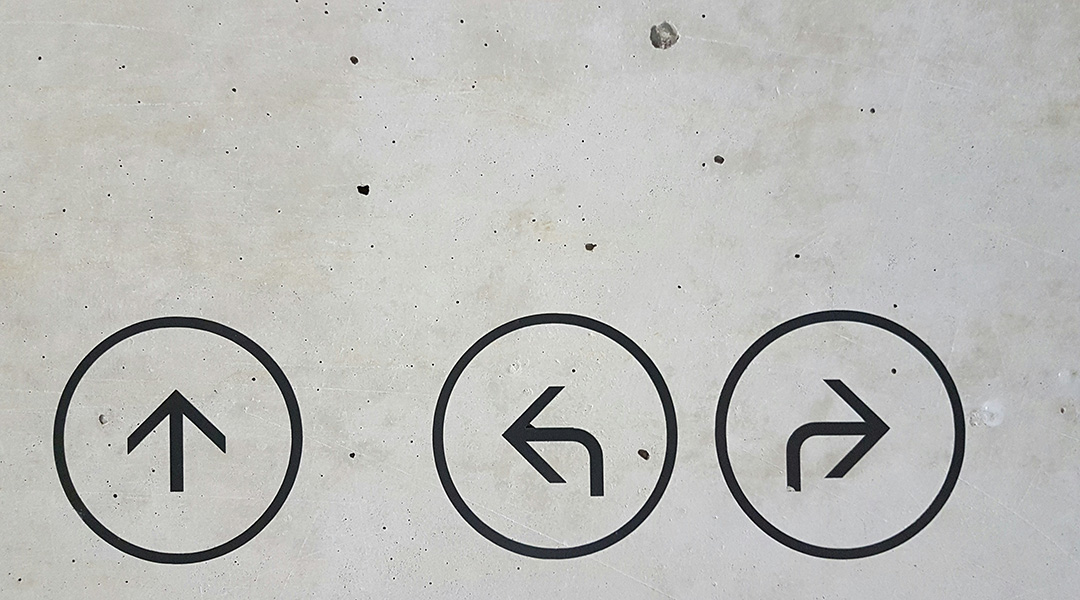We make choices and decisions every day, both big and small. This ability is an important part of cognition, the mental processing and understanding of information, and is intrinsically linked to our behavior.
How neurons in the brain are wired and connect to implement decision making has remained elusive to neuroscientists for decades.
To address this, a first-of-its-kind study, led by Wei-Chung Allen Lee, assistant professor of neurology, and Christopher Harvey, professor of neurobiology, at Harvard Medical School, employed two types of imaging techniques combined with computational modeling to examine neuron activity in mice making decisions in a virtual reality maze.
Connecting the dots
Working in the field of connectomics, Lee’s lab aims to understand how neurons connect and are organized to form circuits that enable the brain to work and process information. Describing the inspiration for this work, he remarked, “I simply hope to better understand how the nervous system works, how it governs behavior, and how things go awry in disease.”
Different areas in the cortex region of the brain are involved in decision making. Despite primate studies indicating a specific area known as the posterior parietal cortex is important, little is known about how neurons in this region connect with each other to bring about decision making.
“Neurons in a region of the brain called the posterior parietal cortex are connected in a way that may help stabilize a decision by suppressing other choices. This could be a mechanism to help an animal maintain a goal or decision and prevent ‘changes of mind’,”Lee explained in an email.
A combined approach provide answers
In addition, until recently, technical challenges prevented direct measurement of this neuron connectivity also known as synaptic connection. But now, using a two-pronged imaging approach, scientists can first image neurons in real time during virtual reality decision making, and then use electron microscopy to map these same neurons afterwards, so they know how the structure relates to function.
“Technically speaking, we combine synapse-resolution connectomics, activity imaging of neuronal populations, decision-making behavior, and computational modelling,” explained Lee. “Never before have these approaches been combined in a single project.”
In simple terms, neurons are either excitatory or inhibitory, meaning they either pass on or inhibit signals, respectively. Lee and his colleagues discovered neuron activity peaks differ depending on whether a mouse chose to turn left or right, and that it is the arrangement of these excitatory and inhibitory neurons and how they interact that influences decision making.
“We found excitatory neurons connect to inhibitory neurons that were active during the same choice and inhibitory neurons connect to excitatory neurons active during an opposing choice, forming an opponent inhibition motif,” Lee explained. “One possibility is that this organization helps to stabilize or maintain one choice, by suppressing others.”
From mouse to human studies
It is the first time such a setup, known as an opponent inhibition motif, has been implicated in decision making in the posterior parietal cortex of the brain. This work provides a foundation for future experimental studies about connections in both this part of the brain and other regions during decision making.
From these experiments, scientists better understand how neurons connect to bring about function and decision making. However, it remains to be seen if these findings in mice translate to humans, but Lee believes determining such basic principles in animal studies is the first step towards understanding what is happening in humans.
“This work is largely fundamental neuroscience,” he said. “I’m interested in the principles underlying how neurons are connected into functional networks. Discovering these basic rules, however, is foundational to understanding how things go wrong in disease.”
Reference: Kuan A T, et al., Synaptic wiring motifs in posterior parietal cortex support decision-making, Nature (2024). DOI: 10.1038/s41586-024-07088-7
Feature image credit: marianne bos on Unsplash

















